The monarchs have arrived in central Mexico and the sanctuaries are officially open to the public!If you've found yourself on this page, you probably don't need any convincing to go see this phenomenon. Seeing millions of Monarch butterflies floating in the sky like an orange and black snowstorm is truly a magical experience. However, there are even more reasons to visit the overwintering ground in Central Mexico. In the past, the forests of the sanctuary have suffered from issues of illegal logging and this is still happening in some places. However, with the income from butterfly tourism and concern about the Monarch population, some locals have started tree nurseries and are working as guides within in the sanctuary. By visiting the sanctuary, you are helping to raise awareness and employ those who are protecting the sanctuary. When to VisitThe Monarchs generally begin to arrive at the sanctuaries in the central mountains of Mexico around Day of the Dead with this year being no exception. They will overwinter there until mid-March and then head North again. The sanctuaries open to the public on November 16th. The most popular time to see them is between January and February when they are in peak migration. However, I would highly recommend going in late-November or December. Why? For one, there will most likely be less people and you will have a more private experience. Don't worry, you will still see A LOT of butterflies. The video above was taken in Cerro Pelon in early December. There are 4 sanctuaries open to the public. Each of these sanctuaries is a little different in accessibility, difficulty of hike, location, Monarch population, and flora. Pick the right one for you or visit them all!Cerro PelónCerro Pelón is where scientists first confirmed that the butterflies migrated from Canada all the way to this Oyamel Fir forest in Central Mexico. Many butterfly enthusiasts and travelers will say that this is the most rugged and beautiful of the sanctuaries. I would have to agree that it was a lovely and private experience. Other than the arborists, ranger, and our guide we were the only people up there on the mountain. We booked our Cerro Pelon tour and stay through JM's Butterfly B&B. As far as I know, they are the only local guide company based in Macheros, the mountain village where the entrance to the sanctuary is. In fact, the entrance to the sanctuary is just a few minutes walk from JM Butterfly House and someone from the B & B will escort you. I highly recommend staying at JM's and booking a tour with them. Their guides, as well as the owners, Joel and Ellen, are extremely hospitable, knowledgeable and will give you the full butterfly experience! I was very excited to meet the Butterflies and Their People arborists. For prices and concise directions to JM Butterfly click here. It is a very steep hike up even for the experienced hiker. I opted for the horse and it was about an hour and 20 minute ride up the mountain at a fairly brisk pace (for the horse). Have no fear if you are not an experienced horseback rider because there will be a horse handler to lead you and your horse. Once you arrive at a clearing at the top of the mountain, your handler will tie up your horse and it will be between a 15 and 25 minute walk to the colony of butterflies. Keep in mind that the length of time will vary considerably at different times of the season. I visited at the beginning of December. My guide, Ana, said that the Monarchs generally continue to move deeper into the forest and higher on the mountain as more butterflies arrive. Sierra ChincuaThis was the second most recommended sanctuary by the folks of JM Butterfly House and I was told it was less developed and less touristy than El Rosario. My mother and I stayed in Zitácuaro the night before which is about an hour and a half drive from the sanctuary. We took a bus to Angangueo (also called Pueblo Mágico), a small mountain village with beautiful, colorful houses and a lovely cathedral. It is the perfect launch pad for El Rosario and Sierra Chincua, being just about a 30 minute taxi drive to either. I would recommend staying in this village if you get the chance. After taking a bus from Zitácuaro to Angangueo for around 50 pesos ($2.50 USD), we took a taxi from the plaza of Angangueo to the entrance of Sierra Chincua for around 100 Pesos ($5 USD). Important Note: Once up on the mountain in Sierra Chincua, public transport is very limited and you may want to arrange a ride prior. We were told that there is a combi (an outfitted VW bus) that arrives at 5:00 pm but we decided to have our taxi driver wait for us. The price for this will vary depending on your taxi driver but he told us he would wait 2 hours and take us back to Angangueo for 500 Pesos ($25 USD). Sierra Chincua did not disappoint. Entry fee into the Sanctuary was 50 Pesos ($2.50) per person and renting a horse is 200 pesos ($10 dollars). It is also customary to tip your guide somewhere between 100 and 200 Pesos. There are also great restaurants and souvenir shops at the entrance. The horseback ride was much shorter than the one to Cerro Pelon and was only about 15 minutes up (although it is quite steep). From there, it was about a 15 minute walk to the tree stand that is inhabited by the butterfly colony. It was a cloudy day and most of the butterflies were roosting in the trees. A different perspective than the sunny day we had in Cerro Pelon! Both views were absolutely stunning. El RosarioUnfortunately, we didn't have time to visit El Rosario this year although we got close. From Angangueo, you can take a combi to the entrance which is about 30 minutes and will cost less than 50 pesos ($2.50 USD). Here is a quote by Ellen Sharp from JM Butterfly House about El Rosario: "Unlike the unmarked trail that winds up the mountain on Cerro Pelon, here you’ll find numerous souvenir stalls, large tour groups, concrete steps, interpretive signs, and a lot more guides making sure you don’t get too close to the colony. The hike up is mostly on a paved trail and it takes 30-45 minutes each way, depending on your speed and acclimation. A horse will get you there in 20 minutes. In recent years, El Rosario has been the most populous of the butterflies’ overwintering sites. " Piedra HerradaAgain, we were not able to visit this site but here is a summary from JM Butterfly House: "The trip from our place to Piedra Herrada takes you through the small farming villages of the State of Mexico on a road lined with fields of fruit trees and nopal cactuses. Then the road descends into the cosmopolitan colonial gem and weekend resort town, Valle de Bravo, which we visit on the way back. The sanctuary is another half hour down the road from here. The trail begins with a stone path with a separate trail for horses. The hike takes from 45 minutes to an hour each way." Insider tipsBring an extra jacket because it will always be colder in the sanctuary which is at an altitude of almost 10,000 ft or 3000 m. If riding a horse, you can ask to tie the coat onto your saddle.
31 Comments
1/3/2019 12:40:40 pm
Very informative article about the sanctuaries in Mexico! One comment to clarify: "Pueblo Magico" is a special recognition given to many towns in Mexico, including Angangueo. It means magic village, which is not a great translation, but it signifies that the town has preserved its tradition and charm.
Reply
Rebecca Chandler
1/12/2019 09:29:03 am
Thank you for the clarification!
Reply
Fred
7/10/2020 03:28:28 pm
I would like to volunteer at one of the butterfly sanctuaries in Michoacan. Can you please direct me to the appropriate contacts?Thank you.
Cherie Donovan
1/8/2019 02:52:12 pm
We would like to see the monarchs in Mexico at the Sierra
Reply
Rebecca Chandler
1/13/2019 08:24:33 pm
Hi Cheri,
Reply
Hello, thank you for your write up on the Sierra Chinchua sanctuary. I will be going this week. Just wondering about the transportation there. We are staying in Zitacuaro, you wrote that you took the bus from Zitacuaro to Angangueo. Am I correct in understanding that there arent any direct busses from Zitacuaro to the santuary?
Reply
Hello Vanessa,
Reply
Jaye
1/22/2019 01:54:55 pm
Thank you for detailing your experience. It is very helpful. I am headed to Sierra Chincua tomorrow and have one question. What is the earliest scheduled bus ride from Zitacuaro to Angangueo? I’d like to arrive as soon as the doors open at 8am and sync my arrival time as close to that as possible. Also, is there a bus that can take me from Angangueo up to Sierra Chincua.
Reply
Hello Jaye,
Reply
Amy
2/21/2019 12:57:37 pm
Is there any way to see any of the sanctuaries for someone who has mobility challenges? For example, if they cannot walk long distances is a wheel chair at all possible?
Reply
Rebecca
2/23/2019 08:18:12 am
Hi Amy,
Reply
Steve
4/17/2019 07:38:10 pm
Hi,
Reply
Rebecca
11/30/2019 03:15:09 pm
I am not sure but I would think so.
Reply
Anita Vilchis
8/5/2019 02:19:07 pm
I will be visiting Mexico from October 19 to November 9, 2019 and would like to visit Chincua on the Day of the dead November 1. Will it be open?
Reply
Rebecca
11/30/2019 03:15:55 pm
The sanctuaries opened on November 16th!
Reply
Amy Creamer
10/20/2019 12:20:08 pm
Hi! My husband and I have a 15 hour layover at Mexico City airport. I would love to go to one of the sanctuaries as a day trip instead of sitting in the airport all day. We have been helping the monarchs by collecting eggs and releasing butterflies in NYS, it would be amazing to see where they eventually end up. What sanctuary is closest to the airport and do you think this is doable? We are coming in Feb 2020.
Reply
Rebecca
11/30/2019 03:31:06 pm
Hi Amy,
Reply
Jennifer Gardner
11/20/2019 07:44:48 am
Hi Rebecca! We are visiting Morelia at the beginning of next week (November 25 2019) and would love to visit El Rosario for a day trip as we have our own rental car. Do you know if the monarchs have already started arriving this year please or will we be too early? It's a long trip so I want to be sure it will be worthwhile - otherwise we'll leave it until another trip. Thank you!
Reply
Rebecca
11/30/2019 03:32:11 pm
Hi Jennifer,
Reply
Sarah
11/24/2021 03:25:04 pm
Hi Jennifer, your comment is the first I have come across that speaks about renting a car and going in your own. How did this work out… good or bad? Do you have an itinerary you could share. This is my third year in trying to plan it but can’t ever find information tor what I would like to do.
Reply
Dan
1/9/2020 05:39:41 am
Thank you for all the great information. I am visiting Mexico in February and am planning to see some butterflies. I have a question. Are the reserves closed on Mondays. On my previous trips to Mexico I got used to any sort of museum or archaeological site being closed on Mondays, so was curious if these places would be the same. Thank you.
Reply
Wai Yin
2/9/2020 03:38:59 pm
Rebecca,
Reply
Gloria Schley
1/16/2022 11:38:02 pm
Is the Cerro Pelon Sanctuary open now in 2022? I am an American who is looking forward to visiting.
Reply
Rebecca
1/17/2022 06:39:08 am
Hi Gloria,
Reply
Margie
2/20/2022 10:45:46 am
I am in a wheel chair staying in Chapala. I would like to experience the butterfly migration in Morelia soon. Please advise if this is possible in a wheel chair and any trip/tour details you recommend. Thank you in advance for your reply.
Reply
Amy I Billings
9/26/2022 10:22:23 am
Hello! I am visiting between Dec 17-Dec 26. Any suggestions on where we should stay? We were planning to travel from Mexico City but may stay closer to the sanctuaries while we visit all 4. Is it safe to rent our own car? Do we need to buy tickets to enter the sanctuaries ahead of time or can we purchase the day of? Thank you for your help!
Reply
ann macdonald
2/5/2023 05:16:49 pm
Is March 15 too late to see the Monarch’s?
Reply
Rebecca Chandler
2/19/2023 07:15:50 am
Hi Ann,
Reply
Julie Robinson
3/27/2023 06:56:59 am
Hello, has anyone thought of creating fake trees, with solar powered warmth for the butterflies?
Reply
Bri McCarroll
1/3/2024 02:42:51 pm
Your blog inspired me years ago to visit the sanctuaries in Mexico; thank you! This week, I finally I visited Cerro Pelon and El Rosario. Both amazing in different ways.
Reply
3/18/2024 01:09:20 am
Does JM Butterfly House offer horseback riding as part of the trip to the sanctuary, or is this something visitors can arrange independently? Visit Us <a href="https://ble.telkomuniversity.ac.id/">Telkom University</a>
Reply
Leave a Reply. |
AuthorRebecca Chandler Archives
March 2024
Categories |

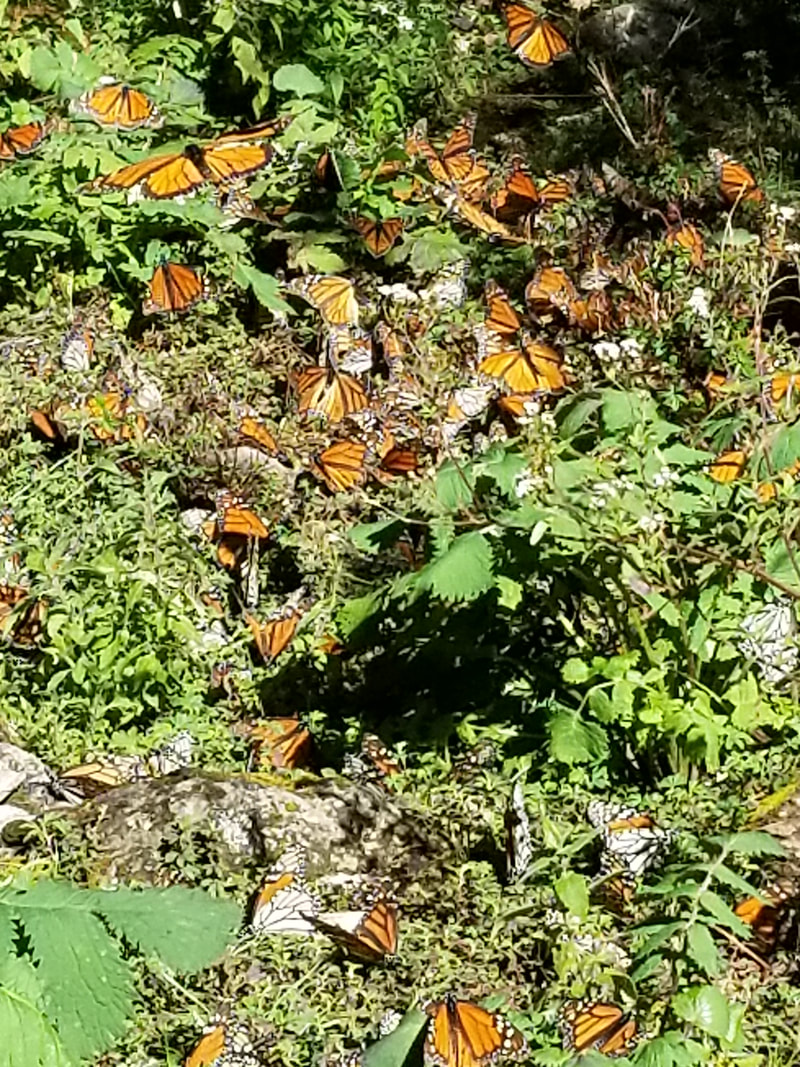
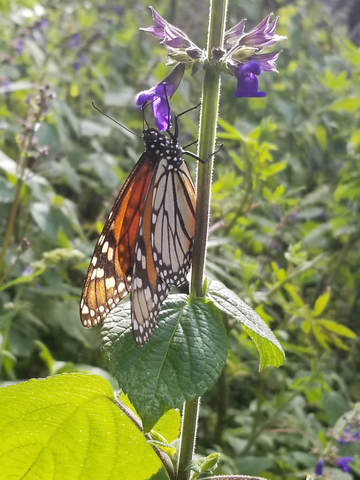
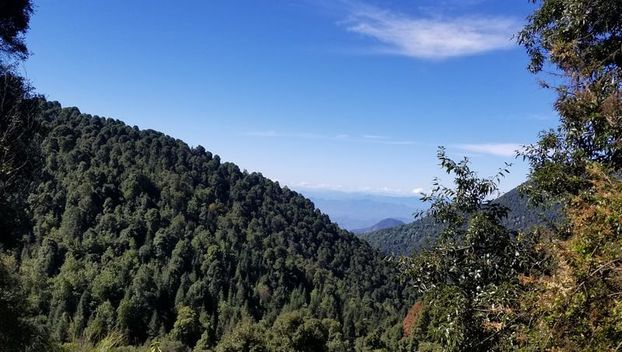
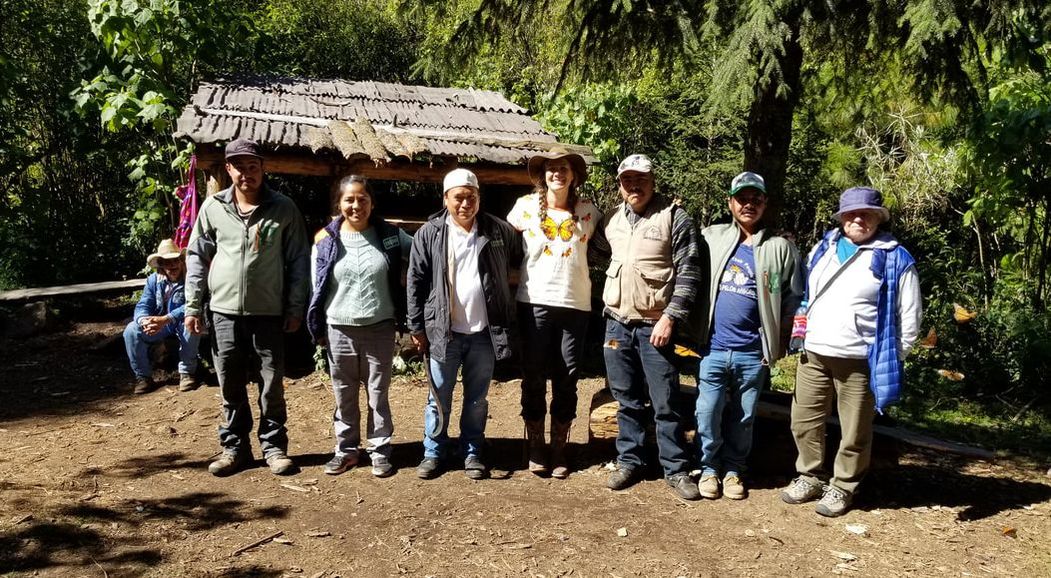
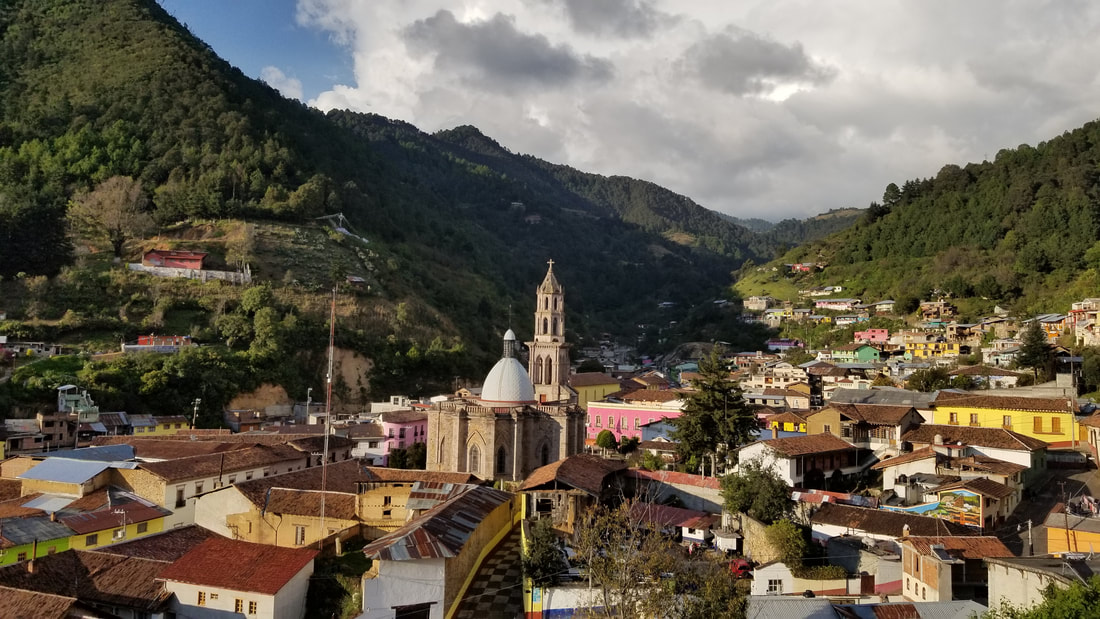
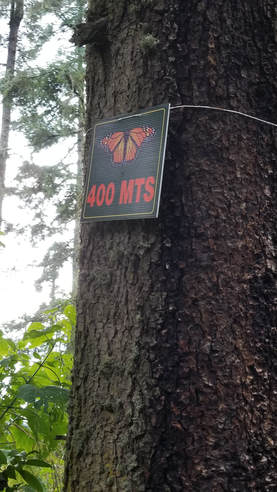
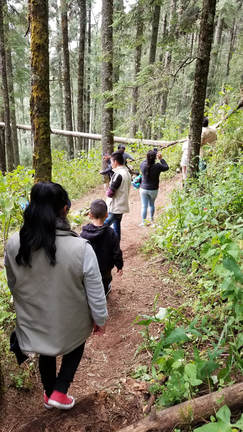
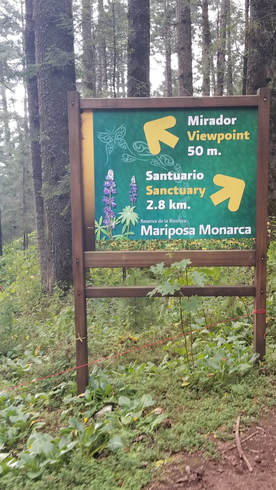
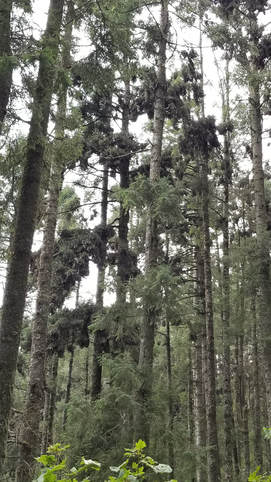
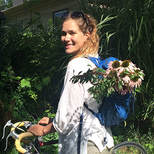
 RSS Feed
RSS Feed